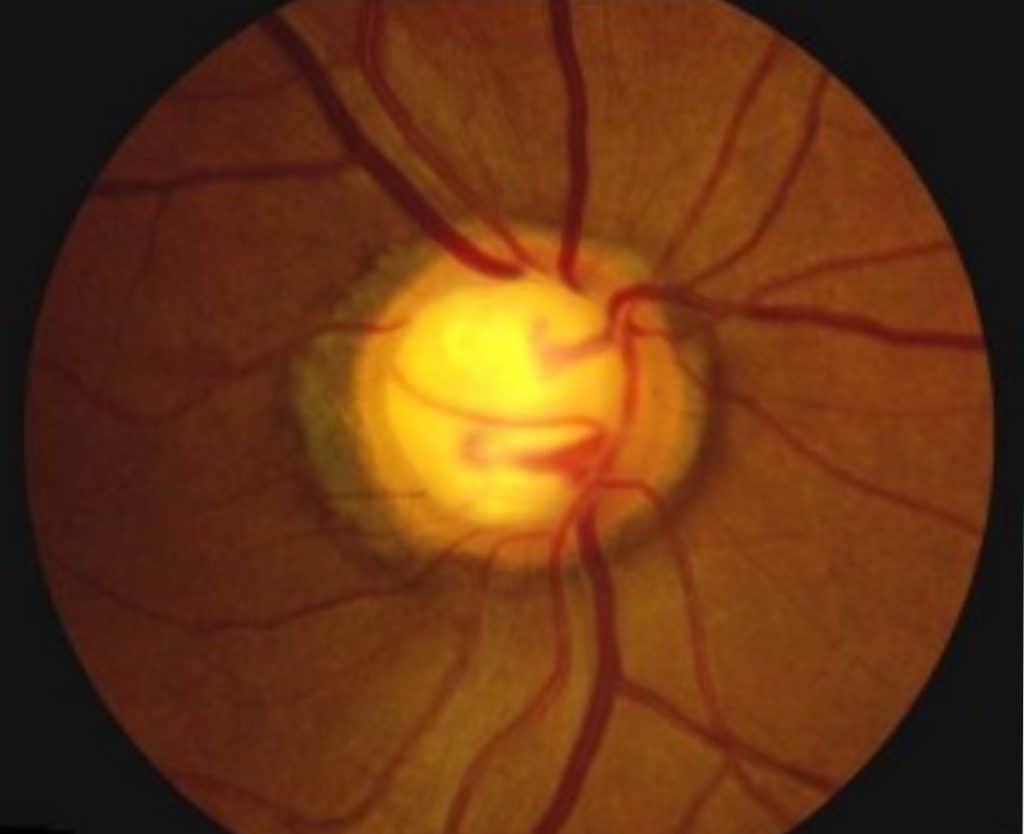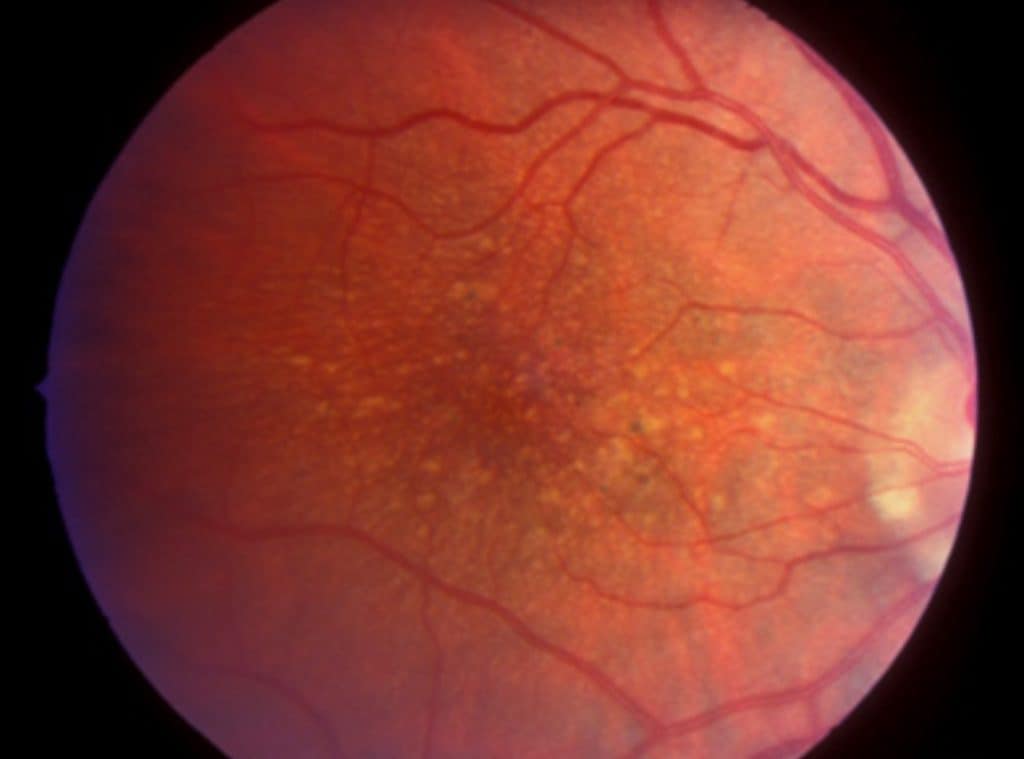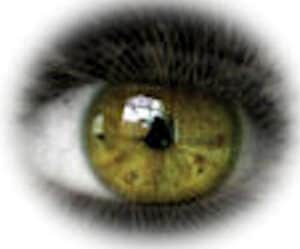Resveratrol and Eye Disease
Resveratrol, the naturally occurring plant compound in red wine often lauded for its health benefits, is believed to play a role in the potential prevention of degenerative eye diseases. This antioxidant has shown promise in reducing oxidative stress and inflammation associated with eye conditions.
Studies have explored resveratrol’s potential in treating various ailments, including cardiovascular disease, cancer, and degenerative neurological disorders. Among the systems investigated for resveratrol’s effects, the eye stands out due to its susceptibility to age-related diseases.
Resveratrol has gained a reputation for promoting heart health, often linked to the “French Paradox” – a phenomenon suggesting that despite a diet rich in fats, the French have lower rates of heart disease attributed to their red wine consumption. However, it’s crucial to note that moderation is key. While resveratrol acts as an antioxidant, alcohol, a component of red wine, is a pro-oxidant. Excessive consumption can lead to side effects that outweigh the benefits.
Naturally Occurring Sources of Resveratrol
Resveratrol, a polyphenol present in grape skins, boasts potent antioxidant and anti-inflammatory properties. These properties are particularly relevant as oxidative stress and inflammation are underlying factors in various eye diseases, including macular degeneration, glaucoma, cataracts, and diabetic retinopathy.
While red wine is a well-known source of resveratrol, it is by no means the only one. This plant-based compound can be found in grapes (including unpasteurized grape juice), peanuts (as well as natural peanut butter), cocoa, and berries such as blueberries, bilberries, and cranberries. The resveratrol dietary supplements available for purchase are typically extracts derived from these plant sources.
Other Sources of resveratrol:
- beer
- white and rose wine
- skin of tomato
- dark chocolate
- Itadori tea (Japanese tea made from knotweed)
- apples
Supplementing with Resveratrol
Supplementing with resveratrol presents a challenge due to its low bioavailability, which refers to the proportion of a substance absorbed by the intestines to exert an active effect. Moreover, the quantities of resveratrol found in natural food and drink sources are often insufficient, unless consumed in large amounts, to have a therapeutic effect.
When perusing available resveratrol supplements, the listed amounts on bottles vary widely, ranging from 100 mg to 1500 mg. Most of these supplements are derived from the Japanese Knotweed root (Polygonum cuspidatum), known for its naturally high concentrations of resveratrol.
Regarding bioavailability, researchers are investigating formulas to enhance resveratrol’s water solubility, aiming for improved absorption. However, the specific formulations of commercially available supplements remain unclear. Upon reviewing research articles, there is no definitive recommended dose for optimal resveratrol effectiveness.
Long-term clinical trials have not reported major side effects for doses below 1500 mg. Several studies suggest that a therapeutically relevant dose is currently presumed to be 1 g (Ref: 2). However, at doses of 2500 mg or more per day, side effects such as nausea, vomiting, and diarrhea may occur.
Due to its anti-platelet activity, individuals taking anticoagulants, anti-platelet medications, or regular over-the-counter anti-inflammatories (NSAIDs) should exercise caution. Pregnant women and children in developmental stages should avoid this supplement.
Researchers, healthcare providers, and patients are in search of effective supplements to prevent age-related eye diseases. Familiarity with the Age-Related Eye Disease Study (AREDS), which investigated a combination of antioxidants and zinc for their impact on the prevention and progression of these diseases, is crucial.
The AREDS formula of supplements was found to reduce the progression of Age-Related Macular Degeneration (AMD) by 25% over a five-year period. This achievement, though modest, raises the question: are there additional supplements that could further enhance the prevention and treatment of age-related degenerative eye diseases?
(Want to learn more? See my other article: , 3 Most Commonly Recommended Supplements for Prevention of AMD )
)
Let’s take a look at 3 commonly fund degenerative eye diseases seen in the eye doctor’s office and the research associated with these diseases and the potential for treatment with resveratrol.
Glaucoma and Resveratrol

Glaucoma is a neurodegenerative disease affecting retinal ganglion cells, with evident damage and vision loss occurring at the optic nerve. This damage is attributed to high pressure and oxidative stress within an ocular structure known as the trabecular meshwork. The trabeculum plays a crucial role in regulating fluid outflow in the eye, which helps maintain low pressure.
Researchers speculate that resveratrol holds the potential to preserve the integrity of trabecular meshwork cells due to its antioxidative properties. Additionally, a separate study suggests that resveratrol may have a neuroprotective effect on retinal ganglion cells, the very cells impacted by the progression of glaucoma.
Age Related Macular Degeneration and Resvertrol

Age-related Macular Degeneration (AMD) is characterized by the accumulation of lipid byproducts called drusen around the retinal pigment epithelium (RPE), the supportive structure of the retina. As drusen accumulate, they contribute to the damage and death of the RPE cells, leading to the degeneration of the upper retinal layers, known as “dry AMD.”
Studies suggest that resveratrol could potentially play a role in preventing AMD due to its antioxidative properties and its ability to inhibit cell death.
If left unchecked, dry AMD can progress to the formation of new, fragile blood vessels. These vessels are prone to leaking and bleeding, further contributing to the degeneration of the retina, known as “wet” AMD. Resveratrol’s anti-inflammatory and antioxidative properties are thought to reduce the likelihood of forming these fragile, leaky blood vessels that are particularly destructive in the wet form of AMD.
Diabetic Retinopathy and Resveratrol

Diabetic retinopathy develops due to elevated levels of circulating blood sugar. This heightened blood sugar leads to inflammation in the retina and blood vessels. Inflammation poses a significant threat to retinal tissues and the integrity of blood vessel walls, resulting in retinal cell death along with the leakage and bleeding of blood vessels.
Studies indicate that supplementation with resveratrol can mitigate inflammation, oxidative stress, and the detrimental changes in retinal and blood vessels associated with diabetic retinopathy.
In the End…
Before you run out and start drinking… it’s important to note that its potential to treat or prevent eye disease is not yet fully understood. One significant factor is its low bioavailability, meaning that while it is quickly absorbed by the body, it is also rapidly metabolized. This raises questions about how much resveratrol is actually available to exert an effect on the targeted cells of the body. Although prepared supplements specify the concentration of resveratrol, the amount that effectively reaches the intended cells remains uncertain.
Further research is necessary to confirm the potential benefits of resveratrol. It remains uncertain whether this compound will garner significant interest from major pharmaceutical companies, as it is readily available as a supplement and may not be as profitable to study and produce.
Referemce:
- Khaled K. Abu-Amero, Altaf A. Kondkar,and Kakarla V. Chalam, Resveratrol and Ophthalmic Diseases, Nutrients. 2016 Apr; 8(4): 200.
2. Sabine Weiskirchen and Ralf Weiskirchen, Resveratrol: How Much Wine Do You Have to Drink to Stay Healthy?. Adv Nutr. 2016 Jul; 7(4): 706–718.

